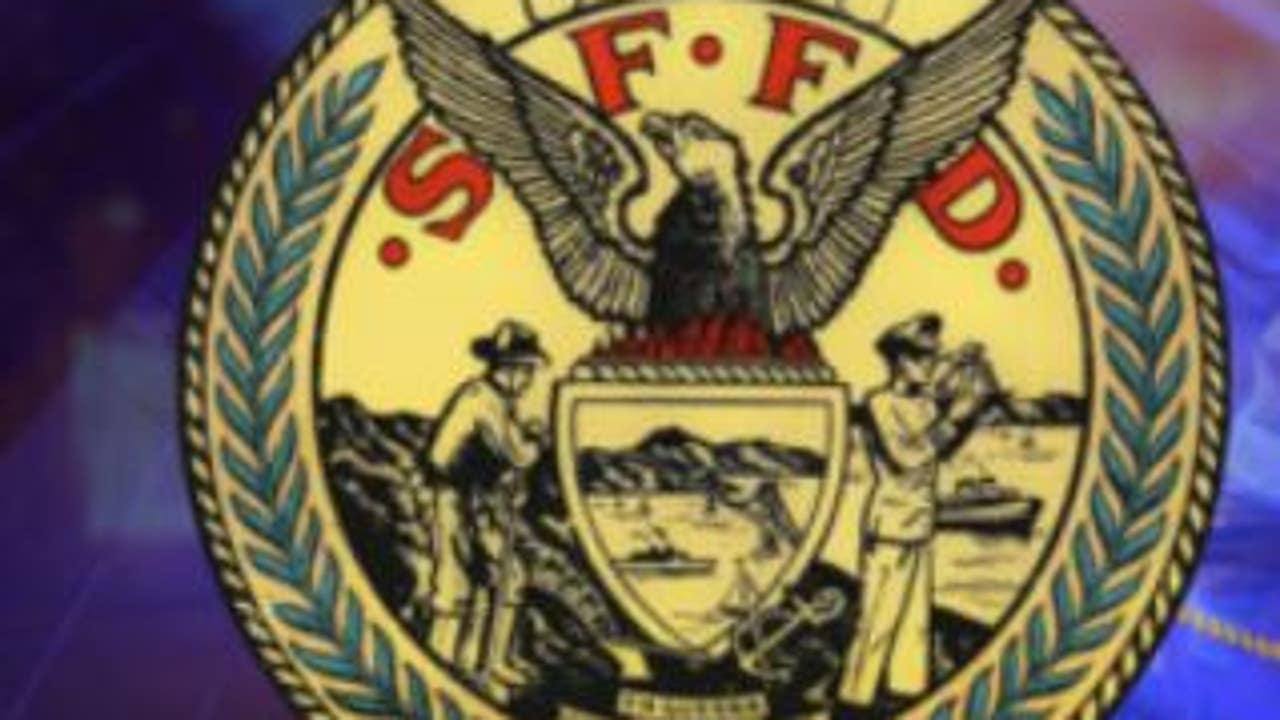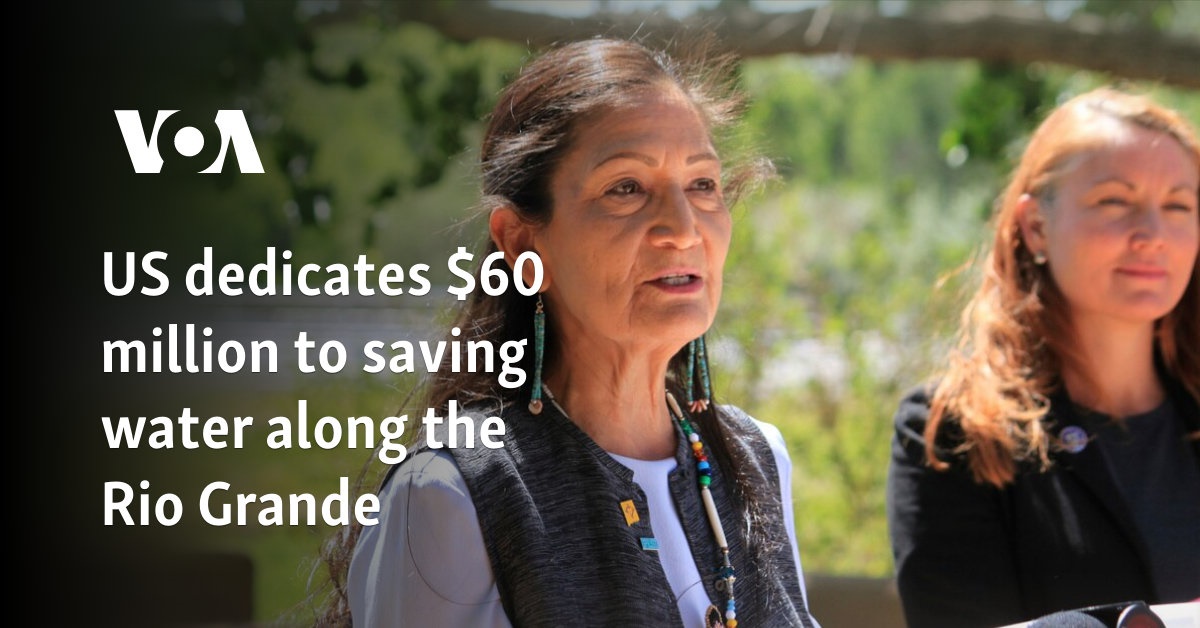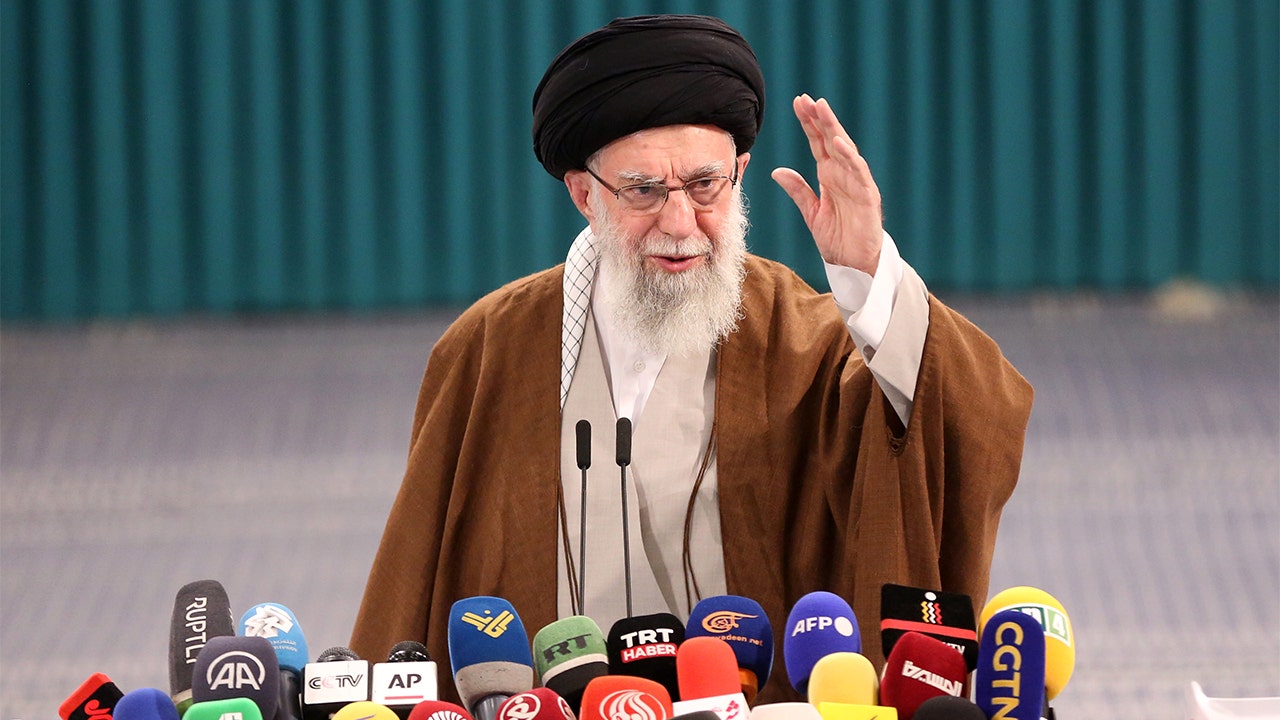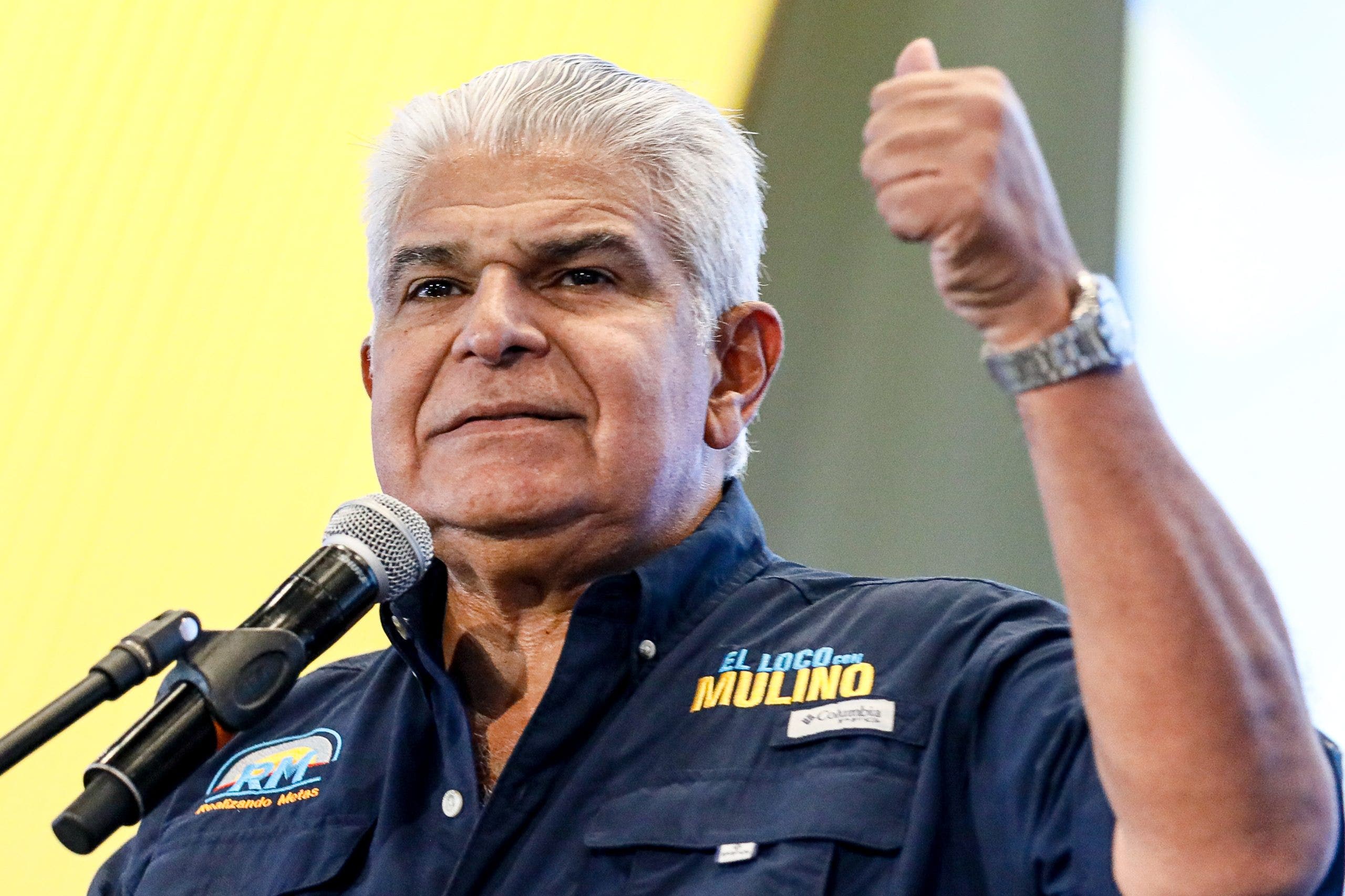San Francisco, CA
San Francisco’s Edge In The AI Race: The Role Of Education And Inclusivity

famous Golden Gate Bridge with low fog, San Francisco, USA
San Francisco, with its iconic Golden Gate Bridge and vibrant tech scene, is poised to continue its dominance in the AI race, thanks in part to its well-educated youth. At the heart of this success is Palo Alto, a city within the San Francisco Bay Area, where schools are among the wealthiest in the United States and the world.
The Wealth of Palo Alto Schools
The Palo Alto Unified School District (PAUSD) benefits from high property taxes and significant contributions from parents and the community. The Palo Alto Partners in Education (PiE) foundation, for example, raises millions of dollars annually to support programs and staff positions in PAUSD schools. These schools are equipped with state-of-the-art facilities, including modern classrooms, sports facilities, and technology resources.
The Global Context
When compared to other areas, both within the United States and globally, the disparity is stark. Many school districts struggle with underfunding, aging infrastructure, and limited access to technology. In developing countries, schools often face challenges such as overcrowding and lack of basic amenities. This contrast highlights the global issue of educational inequality, where access to quality education is closely tied to economic status.
The Impact of Wealth on Education
The wealth of Palo Alto schools contributes to high academic performance, with students often achieving top scores on standardized tests and gaining admission to prestigious universities. However, this wealth also underscores the opportunity gap that exists on a global scale.
The Digital Divide
Access to technology is a critical component of modern education. Yet, according to UNICEF, approximately 463 million children globally were unable to access remote learning during the COVID-19 pandemic due to a lack of resources, including computers. In low- and middle-income countries, only 67% of the population owns a mobile phone, and a significant portion of the world’s 2 billion children might not have access to a mobile device or the internet!
San Francisco’s AI Ecosystem
The San Francisco Bay Area is a leading hub for AI and technology, home to major companies like OpenAI, Google, Apple, and Facebook. This ecosystem is supported by a strong technological infrastructure, research institutions, and investment capital. Other key global AI hubs include Boston, New York City, Toronto, London, Beijing, Shenzhen, Bangalore, Berlin, and Tel Aviv.
Marc Benioff, CEO of Salesforce, recently praised Bay Area (San Francisco) as the world’s “Number One A.I. city,” highlighting its growing AI scene and the presence of innovative startups. Despite previous concerns about the city’s homelessness and drug use, Benioff’s comments during Salesforce’s quarterly earnings call underscore the city’s potential as a tech hub. This sentiment is echoed by other tech leaders and entrepreneurs who are drawn to San Francisco’s unique intellectual community and the advantages it offers for startup success. The city’s reputation as a prime location for AI innovation continues to attract attention and investment from the tech industry.
San Francisco’s continued success in the AI race is not just a result of its technological prowess but also its commitment to education and inclusivity. In the ever-evolving landscape of AI, education and inclusivity will be key drivers of sustainable growth and innovation.
Other cities can learn several valuable lessons from Palo Alto and the broader Bay Area to foster a thriving tech ecosystem:
Invest in Education: Palo Alto’s success is partly due to its focus on high-quality education. Other cities can prioritize investing in schools, universities, and research institutions to cultivate a skilled workforce and attract top talent.
Encourage Innovation: The Bay Area is known for its innovative culture, driven by a willingness to take risks and support for entrepreneurship. Cities can create environments that encourage innovation through policies, funding, and resources for startups and research.
Foster Collaboration: Collaboration between academia, industry, and government has been key to the Bay Area’s success. Other cities can foster partnerships that leverage the strengths of each sector to drive technological advancements.
Support Diversity and Inclusion: The Bay Area’s diverse population contributes to its dynamic and creative environment. Cities can focus on inclusivity in their tech ecosystems to ensure a range of perspectives and ideas are represented.
Invest in Infrastructure: The success of tech hubs like Palo Alto relies on strong infrastructure, including transportation, connectivity, and access to resources. Cities can invest in infrastructure to support the growth of their tech industries.
Create a Supportive Regulatory Environment: The Bay Area benefits from a regulatory environment that supports innovation and entrepreneurship. Other cities can examine their policies and regulations to ensure they are conducive to the growth of tech businesses.
Attract and Retain Talent: The Bay Area’s ability to attract and retain top talent is crucial to its success. Cities can focus on creating attractive living and working conditions, competitive salaries, and opportunities for career growth to retain skilled workers.
By adopting these strategies and this mindset other cities can create ecosystems that support the growth of technology industries. But it does require a coordinated effort from government, industry, academia, and the community to create a supportive ecosystem for technology and innovation.
Towns looking to foster innovation and entrepreneurship a la Palo Alto can actually learn from the success of Startup Chile, a government-supported accelerator program.
By offering equity-free funding and visas, Startup Chile has attracted global entrepreneurs, demonstrating the importance of government support and international appeal.
The program emphasizes community building through networking events and educational resources, helping to develop a vibrant startup ecosystem. Additionally, Startup Chile’s focus on diversifying the types of startups has contributed to economic resilience. Public-private partnerships and visionary leaders have been key to the program’s success, showing the value of collaboration between sectors.
Finally, Startup Chile’s commitment to measuring its impact provides valuable data for continuous improvement.
By adopting these strategies, towns can create a conducive environment for startups, drive economic growth, and enhance their reputation and quality of life for all. Achieving this transformation requires leadership, vision, boldness, and a genuine passion for technology.

San Francisco, CA
1 injured in San Francisco morning hotel fire

SAN FRANCISCO – A fire that damaged a hotel in San Francisco’s Russian Hill neighborhood, injured one person and closed nearby streets has been completely extinguished, a fire department spokesman said Sunday morning.
The fire at the Broadway Hotel at 2048 Polk St. was reported just after 6 a.m. and was swiftly knocked down, said San Francisco Fire Department spokesman Justin Schorr. Residents who were evacuated have returned and Broadway and Polk streets reopened around 8 a.m., he said.
One person sustained minor injuries in the blaze. The victim had not been transported to the hospital as of early Sunday morning.
After containing the blaze, firefighters remained on the scene until around 9 a.m. checking the building to ensure the blaze was completely out, Schorr said.
The spokesman said that after swiftly knocking a fire down, one of the challenges is ensuring that all of the embers in older buildings like the hotel are chased down and there is no lingering threat.
“A fire can double in size every 60 seconds,” the spokesman said. “It’s our goal to arrive quickly, knock down the fire and then do our investigation to determine if the fire has been completely extinguished.”
Often, firefighters will extinguish the main fire and for a considerable time afterwards will be opening ceilings and floors to ensure the fire is completely extinguished, Schorr said.
The cause of the fire is under investigation, Schorr said.
San Francisco, CA
Civil rights activist Rev. Cecil Williams' legacy being preserved at SF Public Library

SAN FRANCISCO (KGO) — One box at time, the life of civil rights activist Reverend Cecil Williams and his work at GLIDE Memorial Church is being chronicled at the San Francisco Public Library main branch.
“We’re very excited to have this collection because it documents this major institution that really broke barriers, serving vulnerable people in the city,” said Tami Suzuki, Municipal Records archivist.
MORE: Rev. Cecil Williams, longtime leader of SF’s GLIDE Foundation, dies at 94
The archives is comprised of documentation detailing GLIDE’s service in the Tenderloin neighborhood and to LGBTQ+ communities, as well as Williams’ influence on everyone from world leaders to rock stars.
“It Includes sermons from Cecil Williams, includes a lot of their Sunday celebration programs, photos of a lot of events and visitors to their programs,” explained Suzuki.
“It’s like you’re walking into that congressional archives. I mean, you see telegrams from presidents. You see incredible dialog about incredible civil rights action,” said Karl Robillard, chief communications and public affairs officer at GLIDE. “Cecil’s history is San Francisco’s history. He kind of carried a message of the day that I think was so significant, not just to GLIDE, but to San Francisco and beyond.
MORE: SF’s GLIDE reopens indoor dining for free meal program in Tenderloin District
And GLIDE is making sure the Williams message continues to be carried.
“Recognizing that this exhibit is bigger than GLIDE, we can’t just house this on the fifth floor in a corner office in the very back of the building,” said Robillard. “It needs to be public. People need to see it and feel it and experience it.”
Sunday is the memorial service for Reverend Cecil Williams who died last month at the age of 94. The service will be held at GLIDE at 1 p.m. and doors open at noon.
If you’re on the ABC7 News app, click here to watch live
Copyright © 2024 KGO-TV. All Rights Reserved.
San Francisco, CA
Stargazers, aspiring astronomers show up for 2nd night of Northern Lights in Bay Area

OAKLAND, Calif. (KGO) — The aurora borealis is headlining for a second night over the Bay Area, and the crowds continue to show up.
“I think it’s, like, magical. You think about it from when you’re a kid. You see pictures of it. And you just want to see it for real. I have never seen it for real. So, I thought the opportunity was too awesome to skip,” said Scott Zimmerman.
He and his family drove up from Mountain View, hoping to catch the northern lights from the viewing platform at the Chabot Space and Science Center up in the hills of Oakland.
“It’s pretty exciting. Kind of reminds us that we are part of a much bigger universe. And sometimes the universe talks back to us,” said Gerald McKeegan, an astronomer at Chabot.
Northern Lights dazzle over Bay Area skies as solar storm continues tonight
There’s another chance to see the Northern Lights across parts of the Bay Area and California as the geomagnetic storm continues.
As he explains, the sun releases ionized gas. Those clouds, sometimes bigger than the actual sun, travel out into space. It’s interaction with the earth’s atmosphere produces the lights.
“I did get a chance to see it (Friday) night. When we look to the north from here at the Chabot Space and Science Center, we could see a faint reddish glow in the sky,” McKeegan said.
He says the sun in on an 11-year cycle, which means every 10 to 20 years, the northern lights become visible this far south.
“I have heard my father say he always wanted to see the northern lights. So, I had this dream that I would take him there. But it is over here, so it is good that he can see it,” said Preet Pratyusha.
The 14-year-old Pratyusha wants to be an astronomer. So she see this as special opportunity.
Astronomers say Saturday night’s cloud coverage won’t necessarily block the lights, but a rise in humidity from the clouds could cause a problem. And, the lights are too spread out to be seen using one of Chabot’s telescopes.
Incredible timelapse video captures Northern Lights over California during solar storm
Timelapse video from photographer Brian Fulda captures the Northern Lights as they dazzled stargazers over Blue Canyon, California.
“It is something that is unusual. You cannot see it anywhere else. It is kind of rare, so I just want to see it,” Pratyusha said.
McKeegan says the more intense the geomagnetic storm, the more chances there are of power outages and disruptions to electronics such as cellphones, TVs and radios.
“As far as I know, we have had none of that happen yet. But stayed tuned!” McKeegan said.
That’s because McKeegan says Sunday night will likely produce the most intense light show, because of a massive gas released Saturday morning that is headed towards earth.
If you’re on the ABC7 News app, click here to watch live
Copyright © 2024 KGO-TV. All Rights Reserved.
-

 Education1 week ago
Education1 week agoVideo: President Biden Addresses Campus Protests
-

 Movie Reviews1 week ago
Movie Reviews1 week agoSabari Movie Review: Varalaxmi Proves She Can Do Female Centric Roles
-

 World1 week ago
World1 week agoEuropean elections: What do voters want? What have candidates pledged?
-

 Politics1 week ago
Politics1 week agoAustralian lawmakers send letter urging Biden to drop case against Julian Assange on World Press Freedom Day
-

 World1 week ago
World1 week agoBrussels, my love? Champage cracked open to celebrate the Big Bang
-
News1 week ago
A group of Republicans has united to defend the legitimacy of US elections and those who run them
-

 Politics7 days ago
Politics7 days agoHouse Dems seeking re-election seemingly reverse course, call on Biden to 'bring order to the southern border'
-

 News1 week ago
News1 week agoVideo: Tanker Fire Shuts Down I-95







/cdn.vox-cdn.com/uploads/chorus_asset/file/25444148/IMG_4573.PNG)










